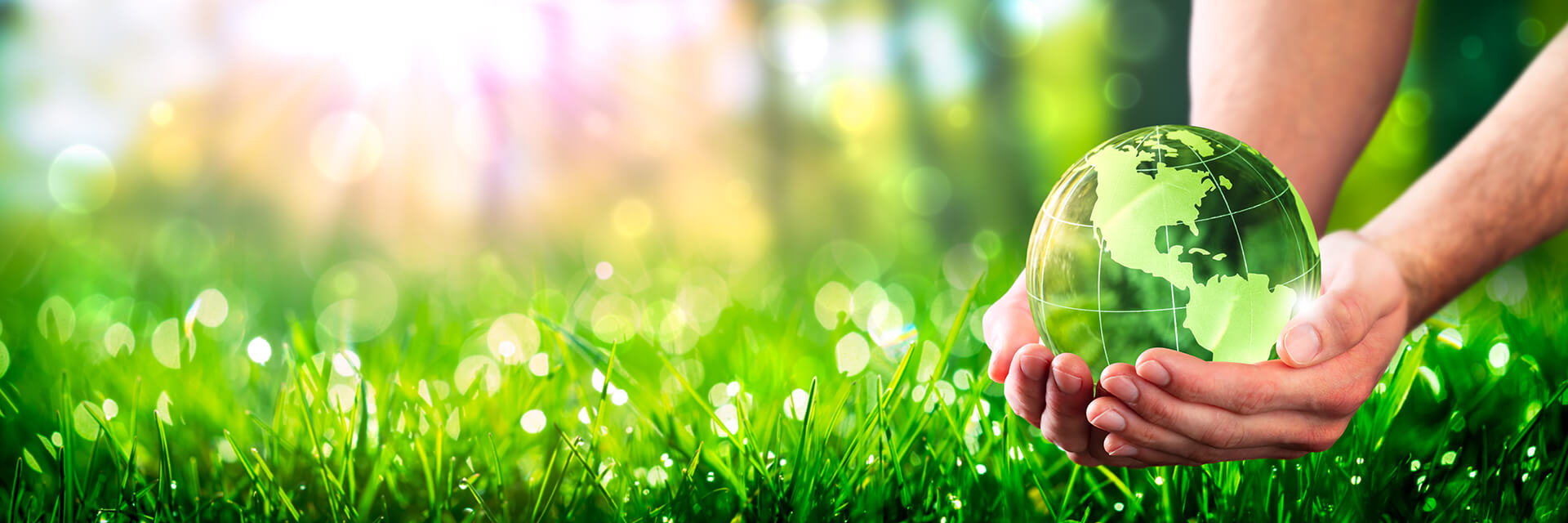
PVC Resin
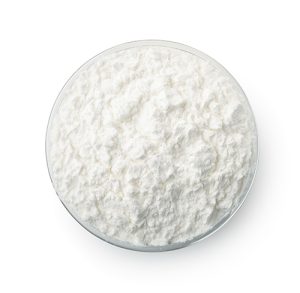
Specifications
| Type | SG1 | SG2 | SG3 | SG4 | SG5 | SG6 | SG7 | SG8 |
| Viscosity, ml/g(or K value) | 156-144 (77-75) |
143-136 (74-73) |
135-127 (72-71) 1350-1250 |
126-119 (70-69) 1250-1150 |
118-107 (68-66) 1100-1000 |
106-96 (65-63) 950-850 |
95-87 (62-60) 850-750 |
86-73 (59-55) 750-650 |
| Number of impurity particle ≤ | 30 | 30 | 30 | 30 | 30 | 30 | 40 | 40 |
| Volatiles content % , ≤ | 0.40 | 0.40 | 0.40 | 0.40 | 0.40 | 0.40 | 0.40 | 0.40 |
| g/ml ≥ Appearing density |
0.42 | 0.42 | 0.42 | 0.42 | 0.42 | 0.45 | 0.45 | 0.45 |
| Residual after sieve 0.25mm mesh ≤ 0.063mml ≥ |
2.0 | 2.0 | 2.0 | 2.0 | 2.0 | 2.0 | 2.0 | 2.0 |
| 90 | 90 | 90 | 90 | 90 | 90 | 90 | 90 | |
| Number of grain/400cm2≤ | 40 | 40 | 40 | 40 | 40 | 40 | 40 | 40 |
| Plasticizer absorbency value of 100g resin | 25 | 25 | 25 | 22 | 19 | 16 | 14 | 14 |
| Whiteness %,≥ | 74 | 74 | 74 | 74 | 74 | 74 | 70 | 70 |
| Water extractant solution conductivity,s/m ≤ | 5×10-3 | 5×10-3 | 5×10-3 | |||||
| Residual chlore thylene content mg/kg ≤ | 5 | 5 | 5 | 5 | 5 | 5 | 5 | 5 |
| Ethylidene chloride mg/kg ≤ | 150 | 150 | 150 | 150 | 150 | 150 | 150 | 150 |
Packing & Storage
| Packing | In 25KG bag or as per customer’s requirement |
| Storage | Store in dry,clean place ,avoid direct sun-light . |
| Shipping | In room temperature |
Free Quote
At present, the company has more than 10 experienced export sales .
For samples, pricing, or more information, please call us at 0086-25-52397808 or mail to info@pvccopolymer.com . We will respond to you as soon as possible.
Tel: 0086-25-52397808
E-mail: info@pvccopolymer.com
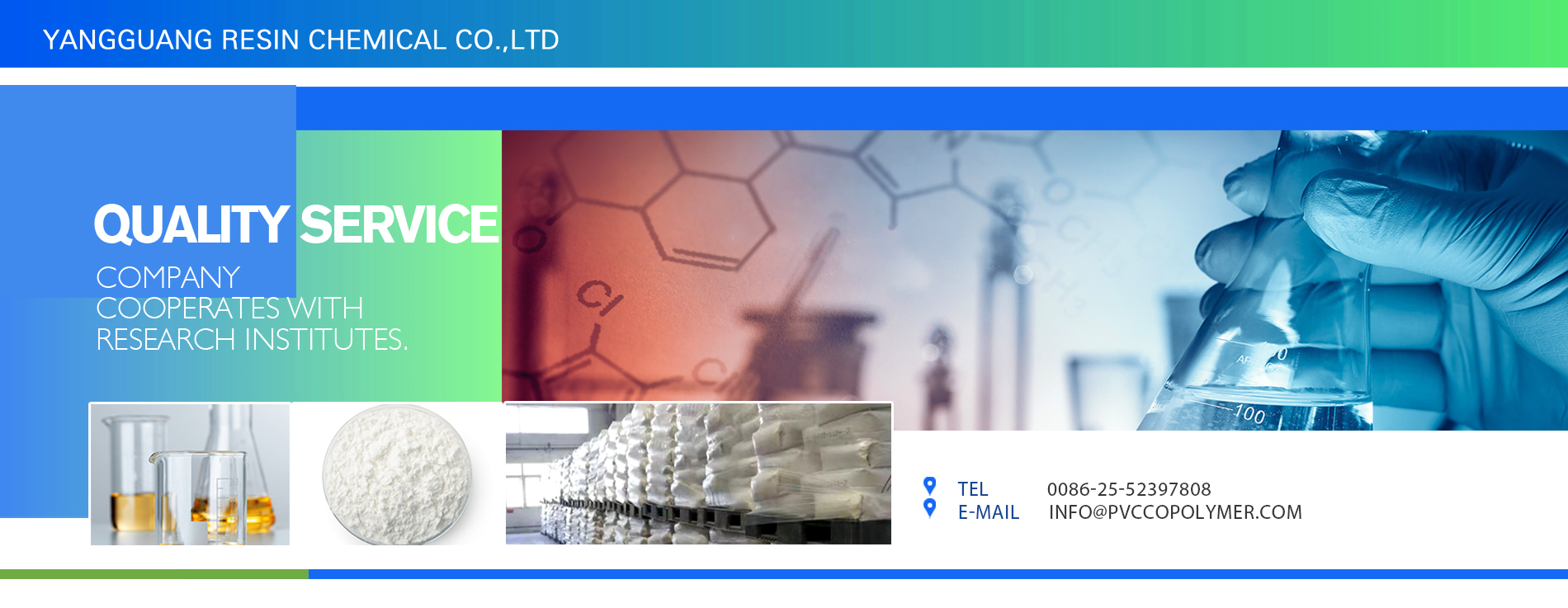
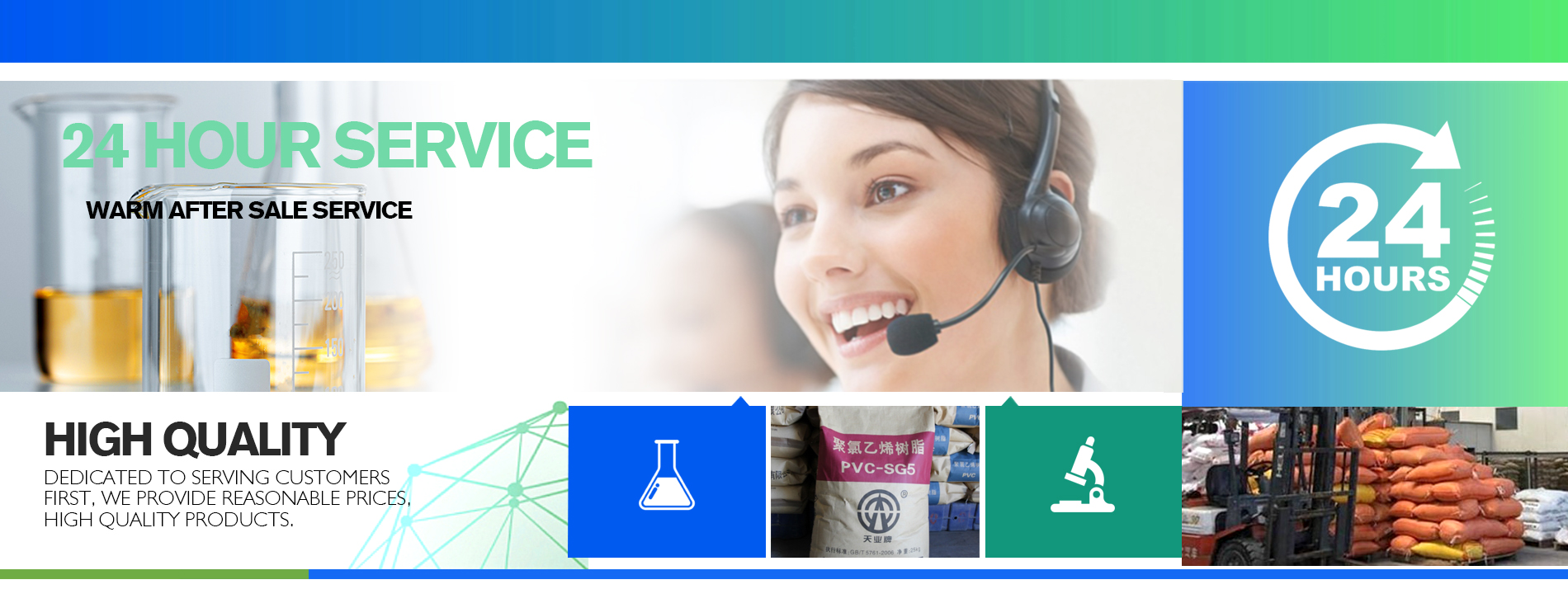
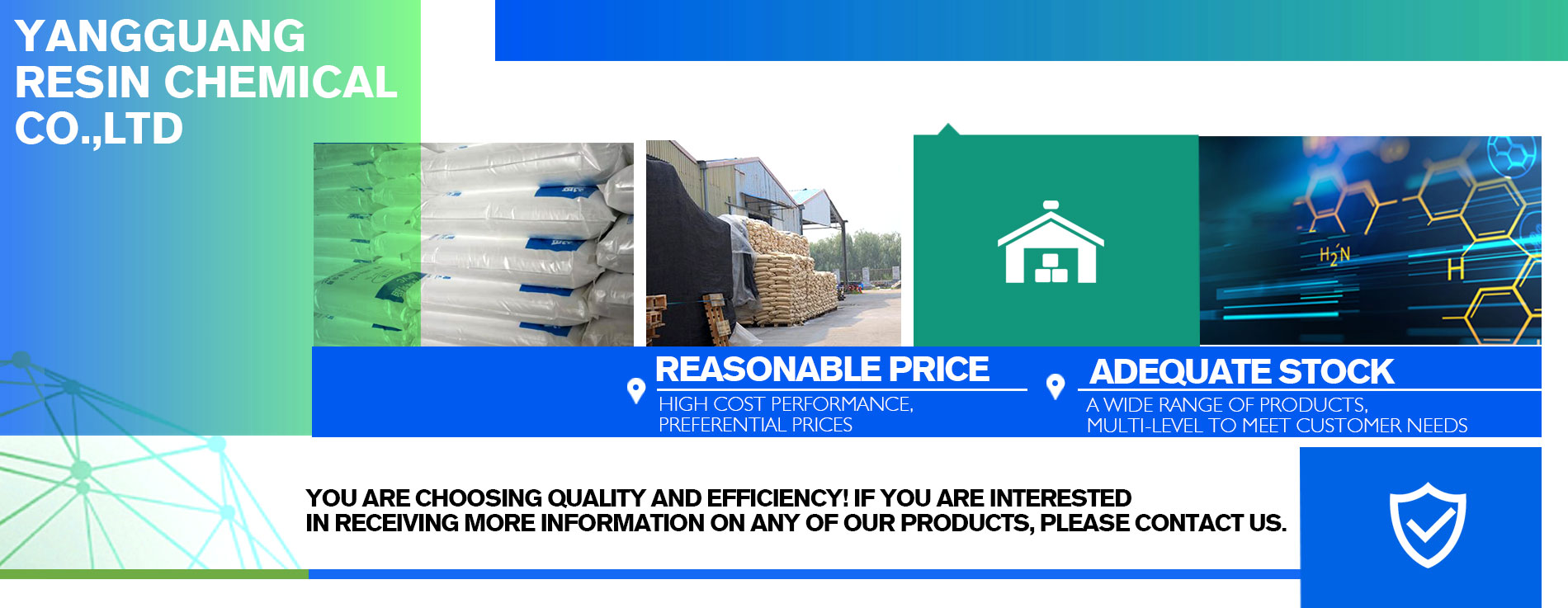
General Information
| Common Names | POLYVINYL CHLORIDE RESIN (PVC RESIN) | ||
| Structure |  | ||
| CAS No. | 9002-86-2 | Flash Point (℃) | 181.5±12.2 |
| Molecular Weight | 133.151 | Density(g/cm3) | 1.4 |
| Appearance | White powder | HS Code | 39042100 |
| Solubility | Easily soluble in methanol, acetone, cyclohexane, ether, etc., and insoluble in water and petroleum solvents | Autoignition Temperature (℃) | 435 |
| Safety Phrases | S26-36/37-61 | ||
| RIDADR | NONH for all modes of transport | ||
| WGK Germany | 3 | ||
| Packaging Group | NONE | ||
| Hazard Class | NONE | ||
| SYMPTOMS | PREVENTION | FIRST AID | |
| Inhalation | Cough. Sore throat. Redness. Burning sensation. Itching. | Use local exhaust or breathing protection. | Fresh air, rest. |
| Eyes | Redness. Pain. | Protective gloves. | Rinse opened eye for several minutes under running water. Then consult a doctor. |
| Ingestion | Abdominal pain. Nausea. Vomiting. | Do not eat, drink, or smoke during work. Wash hands before eating. | Rinse mouth. Induce vomiting (ONLY IN CONSCIOUS PERSONS!). Refer for medical attention . |
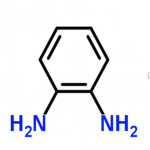
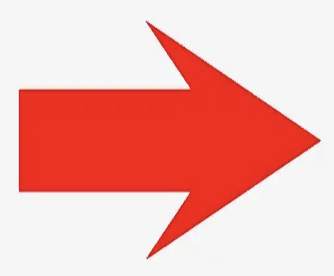
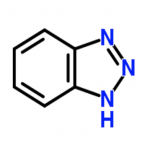
o-Phenylenediamine 1H-Benzotriazole
CAS NO.: 95-54-5 CAS NO.:95-14-7
Frequently Asked Questions
Polyvinyl chloride, referred to as PVC in English, is a polymer formed by the polymerization of vinyl chloride monomer (VCM) in peroxides, azo compounds and other initiators or under the action of light and heat according to the mechanism of free radical polymerization.
Uses of PVC resin:
Soft products: PVC resin can produce many types of soft products. Extruders can be used to make PVC resin into hoses, wires and cables, etc.; PVC resin can also be made into various exquisite mould toys through small syringes.
Film: Add additives to the PVC resin, and after plasticizing, it can be made into films of different thicknesses after being pressed by a pressing machine. The packed film can be made into plastic bags, raincoats, air toy holders, etc., after careful cutting. Because of its thermal expansion and cold contraction characteristics, the film made of PVC resin is very convenient for shrink packaging, and the plastic packaging bags on the surface are basically made of PVC resin.
Coated products: Many artificial leathers on the market are made of PVC resin, which is formed by plasticizing PVC resin at a temperature above 100 degrees. Synthetic leather can be used to make suitcases, leather blisters, book covers, etc. Because the quality of artificial leather is good and the price is reasonable, many building paving materials are made of synthetic leather.
Foam products: A foaming agent is added to the PVC resin to make a sheet. After foaming, PVC is shaped into plastic foam. The PVC resin treated in this way can also be used to make slippers, insoles and many shockproof and cushioning packaging materials. The rigid PVC board, after this treatment, can even replace wood and be used as a building material.
Transparent sheet: Add organic stabilizer to PVC resin; after a series of mixing and plasticizing, it can support the material of the head surface. It can be made into a thin-walled transparent container after thermoforming. Many vacuum packaging adopts this method. Because of its excellent packaging quality, it has always been trendy.

